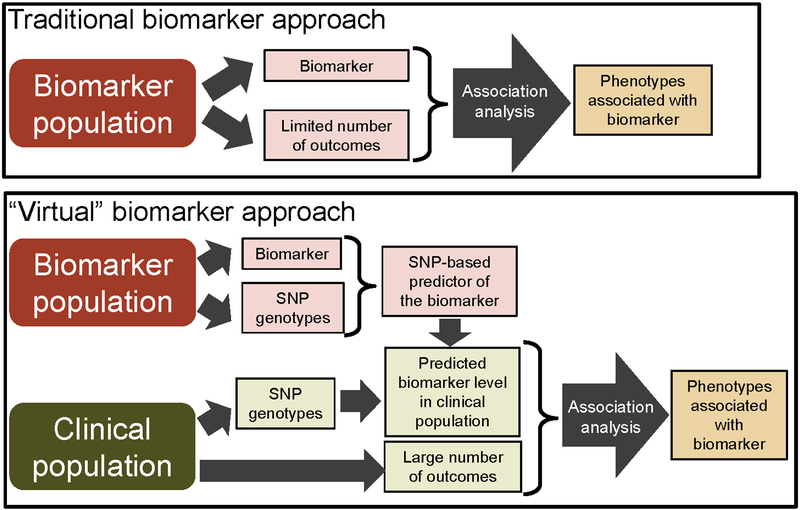Figure 1. Comparison of a traditional and genetic biomarker study design.
In a traditional design (top panel), the biomarker and outcomes are measured in the same population and either prospective or cross-sectional associations are explored. In the genetics-based study design used in these analyses (bottom panel), genetic predictors of biomarker levels are constructed in one population. These predictors are then used to compute genetically-predicted biomarker levels for each individual in a second genotyped population. Associations between the predicted biomarker levels and a large number of outcomes are then tested within the clinical population.

